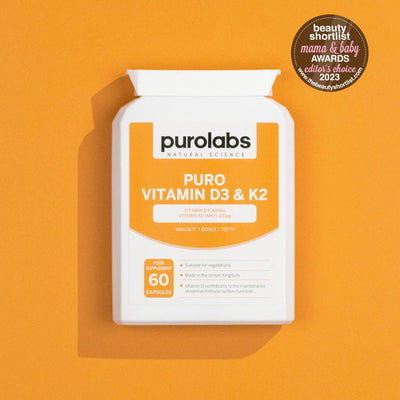
Bone and Joint Supplements
Filter
Filter
Sort by
Sort by
4.6
Rated 4.6 out of 5 stars
733 Reviews
4.8
Rated 4.8 out of 5 stars
266 Reviews
4.5
Rated 4.5 out of 5 stars
120 Reviews
4.5
Rated 4.5 out of 5 stars
101 Reviews
4.7
Rated 4.7 out of 5 stars
22 Reviews

 Beauty
Beauty
 Bone Health
Bone Health
 Brain Health
Brain Health
 Energy
Energy
 Eye Health
Eye Health
 Gut Health
Gut Health
 Hair
Hair
 Hormonal Health
Hormonal Health
 Heart Health
Heart Health
 Immunity
Immunity
 Joints
Joints
 Menopause
Menopause
 Pregnancy
Pregnancy
 Kids
Kids
 Sleep
Sleep
 Stress & Mood
Stress & Mood




























